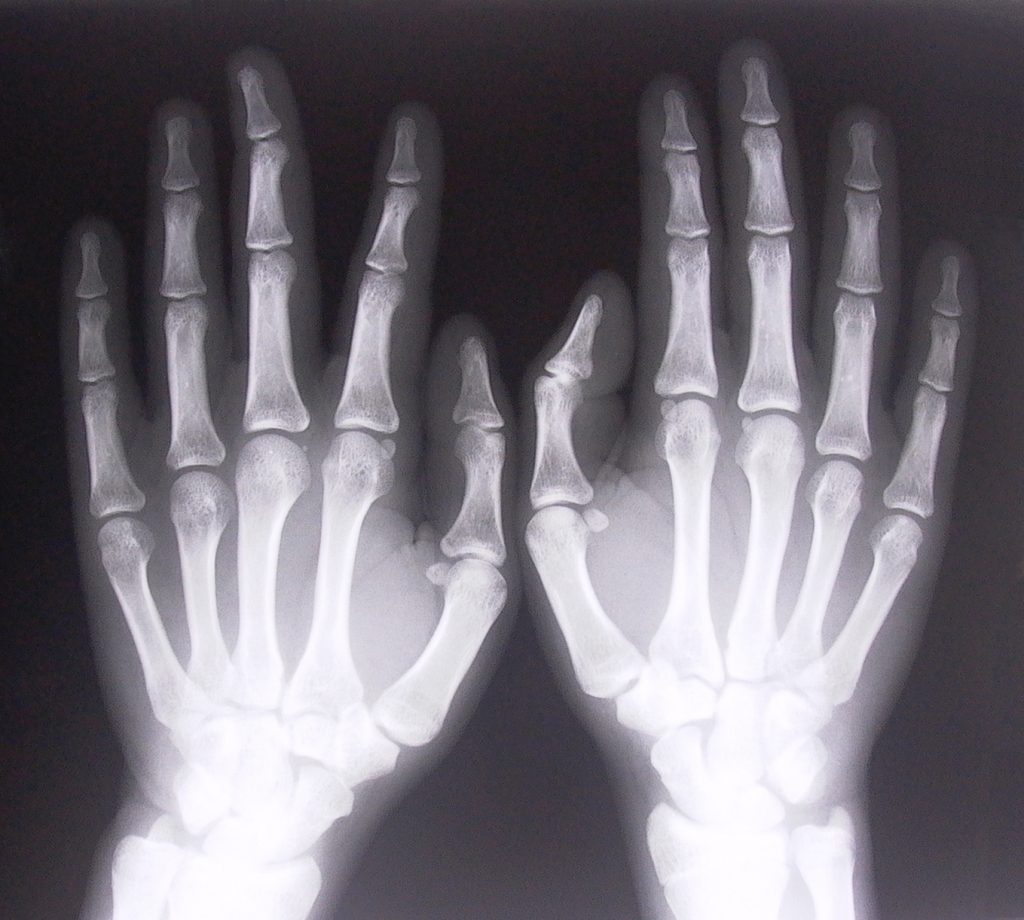 Sometimes you get hurt while working and it’s neither your fault nor your employer’s fault. In those cases the person that hurt you is called a “Third-Party Tortfeasor.” However, because you were hurt while working you may have rights to not only sue the person who hurt you but to also receive workers compensation benefits. Beware though, there are strict statutory rules that apply that dictate when you must file for medical and other benefits owed to you under the Louisiana Workers Compensation laws. The following case out of Calcasieu Parish shows why you need to consult the best workers compensation lawyer immediately upon an injury that occurs while on the job.
Sometimes you get hurt while working and it’s neither your fault nor your employer’s fault. In those cases the person that hurt you is called a “Third-Party Tortfeasor.” However, because you were hurt while working you may have rights to not only sue the person who hurt you but to also receive workers compensation benefits. Beware though, there are strict statutory rules that apply that dictate when you must file for medical and other benefits owed to you under the Louisiana Workers Compensation laws. The following case out of Calcasieu Parish shows why you need to consult the best workers compensation lawyer immediately upon an injury that occurs while on the job.
On January 18, 2012, Lois Shailow, an employee of Gulf Coast Social Services (GCSS), was rear-ended by a third party while driving in the course and scope of her employment. She went to Lake Charles Memorial Hospital where she complained of back pain and was diagnosed with a lumbar strain. The hospital discharged Ms. Shailow on the same day with instructions to take her prescribed medication, to use a heating pad, and to follow up with her primary care doctor. She returned to work the second day after the accident.
On January 25, 2012, Ms. Shailow began seeing Dr. David Duhon, a chiropractor, for back pain. Dr. Duhon prescribed a lumbar spine MRI. During the ten months that he treated Ms. Shailow, she developed a foot drop which indicated a severe back injury. Dr. Duhon referred Ms. Shailow to Dr. Gunderson, who is an orthopedic surgeon. Mr. Gunderson found that Ms. Shailow’s MRI revealed two levels of disc herniation and recommended surgery.
 Louisiana Personal Injury Lawyer Blog
Louisiana Personal Injury Lawyer Blog


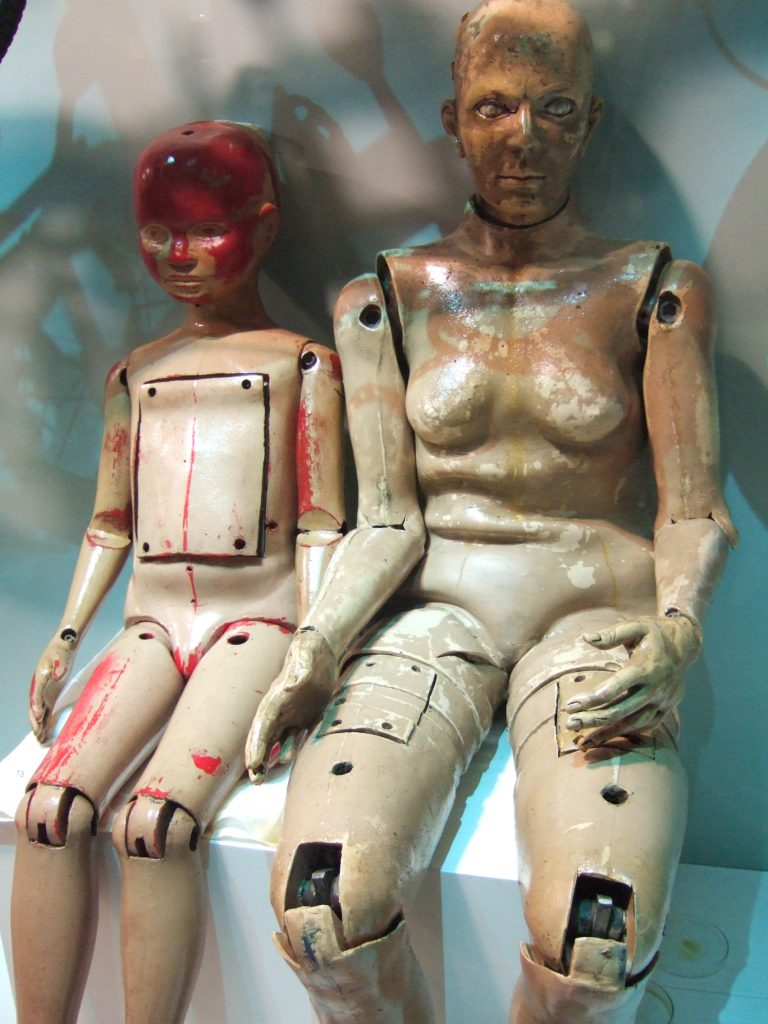 Car accidents are among the most common reasons for a lawsuit. An average car accident is often difficult to conclude which party is at fault. Issues are further complicated if insurance claims are involved. Who is truly at fault for the accident if a vehicle malfunctioned? A trial becomes increasingly complex if a Plaintiff claims that a company is at fault for his injuries. Specific elements are required for a successful trial.
Car accidents are among the most common reasons for a lawsuit. An average car accident is often difficult to conclude which party is at fault. Issues are further complicated if insurance claims are involved. Who is truly at fault for the accident if a vehicle malfunctioned? A trial becomes increasingly complex if a Plaintiff claims that a company is at fault for his injuries. Specific elements are required for a successful trial. 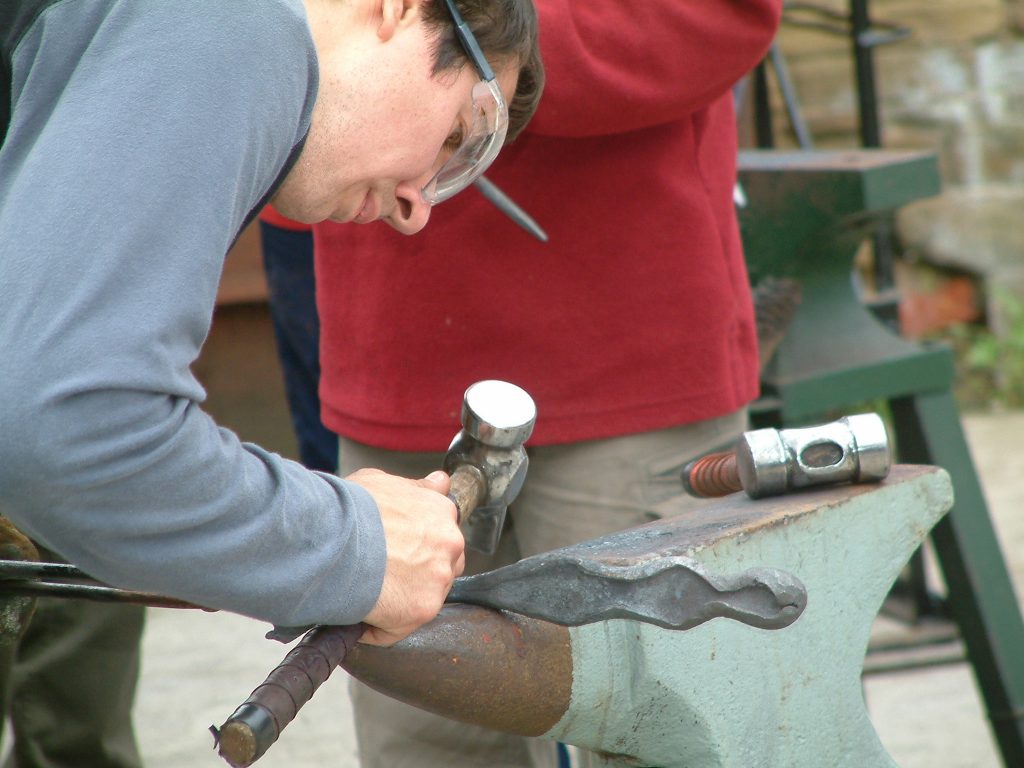 Accidents occur in daily life. Often, severe injuries result. However, prison accidents rarely are discussed. Prisoners who are victims of accidents while serving time are often provided with the same legal protections as an average person.
Accidents occur in daily life. Often, severe injuries result. However, prison accidents rarely are discussed. Prisoners who are victims of accidents while serving time are often provided with the same legal protections as an average person.  Suppose a pedestrian is hit by a driver who is leaving a poorly-maintained parking area in rural Louisiana that is little more than a partially cleared grassy area. The pedestrian sues the property owner and its insurers, among other defendants. Now suppose that this plaintiff, on being questioned in a deposition taken by the defendants’ attorneys, cannot articulate anything at all that the property owner did or did not do to cause this accident. Suppose also that the pedestrian fails to refute evidence that this type of unpaved, unmarked “clearing in the woods” parking area is common in rural Louisiana and that there have never been any parking problems or collisions in this particular lot before. Will the case go to the jury, or will the judge find for the defendants due to a lack of disputed facts for the jury to consider, leaving the injured pedestrian without a chance to prove she has suffered damages and deserves compensation from the property owners?
Suppose a pedestrian is hit by a driver who is leaving a poorly-maintained parking area in rural Louisiana that is little more than a partially cleared grassy area. The pedestrian sues the property owner and its insurers, among other defendants. Now suppose that this plaintiff, on being questioned in a deposition taken by the defendants’ attorneys, cannot articulate anything at all that the property owner did or did not do to cause this accident. Suppose also that the pedestrian fails to refute evidence that this type of unpaved, unmarked “clearing in the woods” parking area is common in rural Louisiana and that there have never been any parking problems or collisions in this particular lot before. Will the case go to the jury, or will the judge find for the defendants due to a lack of disputed facts for the jury to consider, leaving the injured pedestrian without a chance to prove she has suffered damages and deserves compensation from the property owners?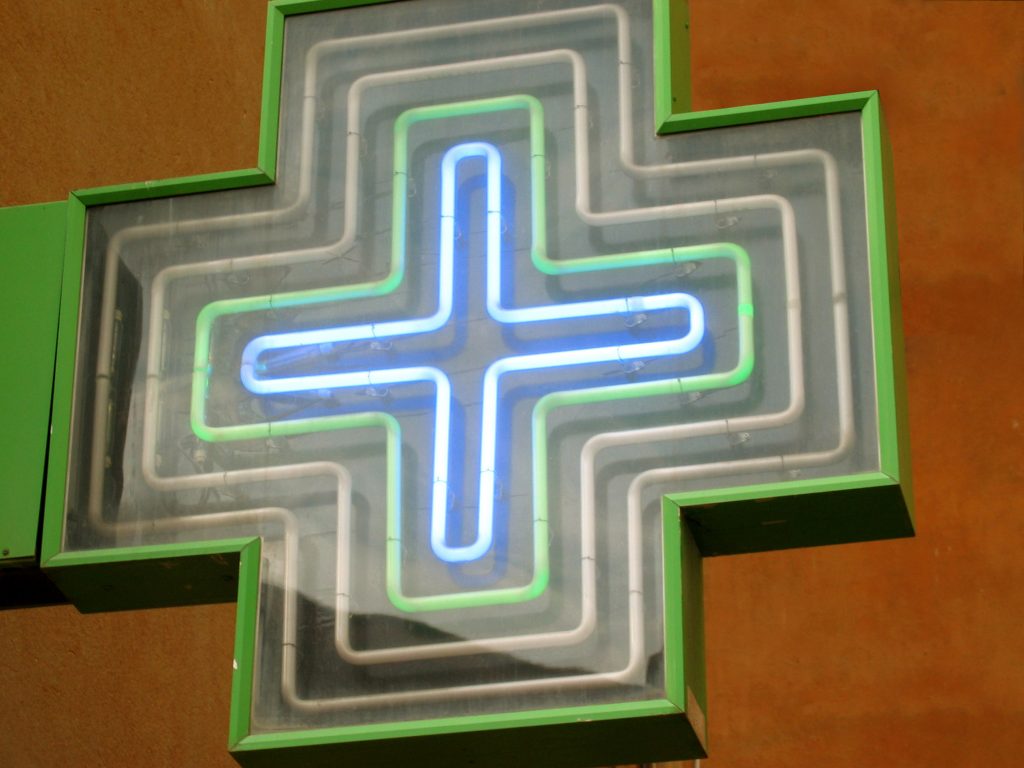 Recently, the Louisiana Fifth Circuit Court of Appeals increased a trial court’s award of damages to a plaintiff in a negligence action against Walgreens. Negligence involves showing the court that one person (or company) failed to do their duty—and as a result, someone was hurt. In this case, Peggy Williams asked her son Derrick to pick up a medication for her from the Walgreens pharmacy in Gretna. Walgreens’ pharmacist handed Derrick another person’s medication, and Ms. Williams took the pills without noticing the mistake. As a result, she suffered several strokes and long-term loss of physical capacity. The jury found that Ms. Williams and her son were 40% at fault, and that Walgreens was 60% at fault for the harms Ms. Williams suffered.
Recently, the Louisiana Fifth Circuit Court of Appeals increased a trial court’s award of damages to a plaintiff in a negligence action against Walgreens. Negligence involves showing the court that one person (or company) failed to do their duty—and as a result, someone was hurt. In this case, Peggy Williams asked her son Derrick to pick up a medication for her from the Walgreens pharmacy in Gretna. Walgreens’ pharmacist handed Derrick another person’s medication, and Ms. Williams took the pills without noticing the mistake. As a result, she suffered several strokes and long-term loss of physical capacity. The jury found that Ms. Williams and her son were 40% at fault, and that Walgreens was 60% at fault for the harms Ms. Williams suffered.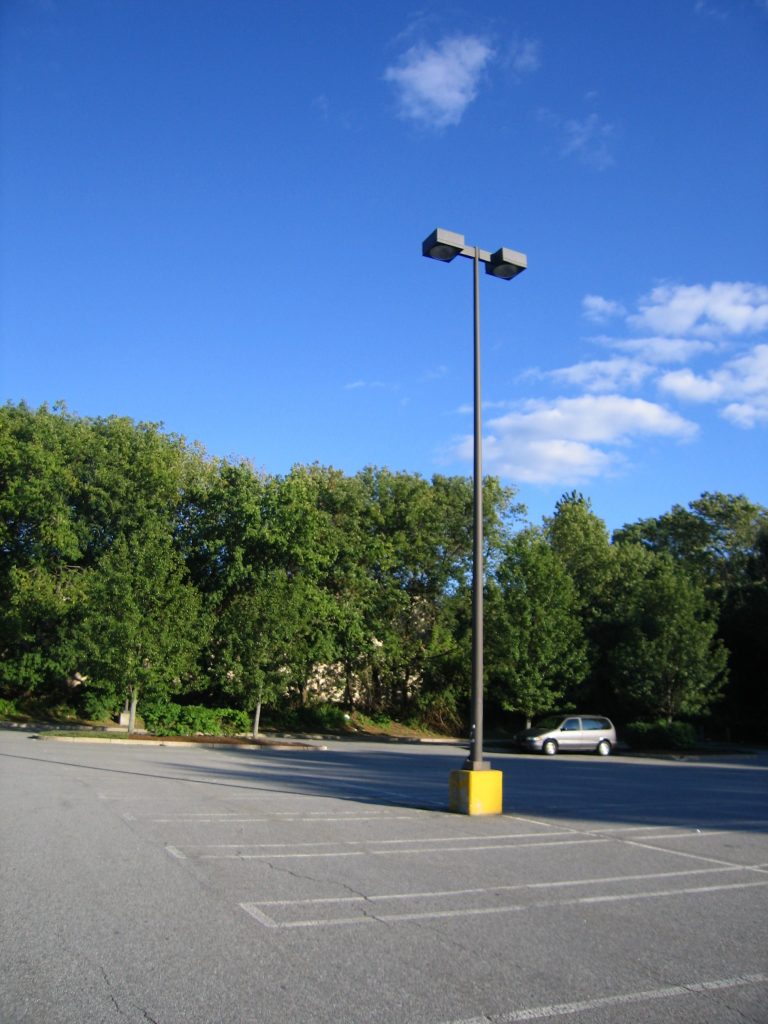 When a person is injured and they file a lawsuit to recover damages for their injuries, they expect to “have their day in court,” to be able to present their case and all of the facts and evidence that support their case. But what if the other side argues that there is no real disagreement about the facts and that the facts do not support the injured party’s claim? A judge can decide early on in a lawsuit that there is no real question about a material fact and that reasonable persons would come to the same conclusion when considering the facts. This is what happened to Mr. Salvadore Tramuta when he filed suit for personal injuries in Jefferson Parish, Louisiana.
When a person is injured and they file a lawsuit to recover damages for their injuries, they expect to “have their day in court,” to be able to present their case and all of the facts and evidence that support their case. But what if the other side argues that there is no real disagreement about the facts and that the facts do not support the injured party’s claim? A judge can decide early on in a lawsuit that there is no real question about a material fact and that reasonable persons would come to the same conclusion when considering the facts. This is what happened to Mr. Salvadore Tramuta when he filed suit for personal injuries in Jefferson Parish, Louisiana. A night at
A night at 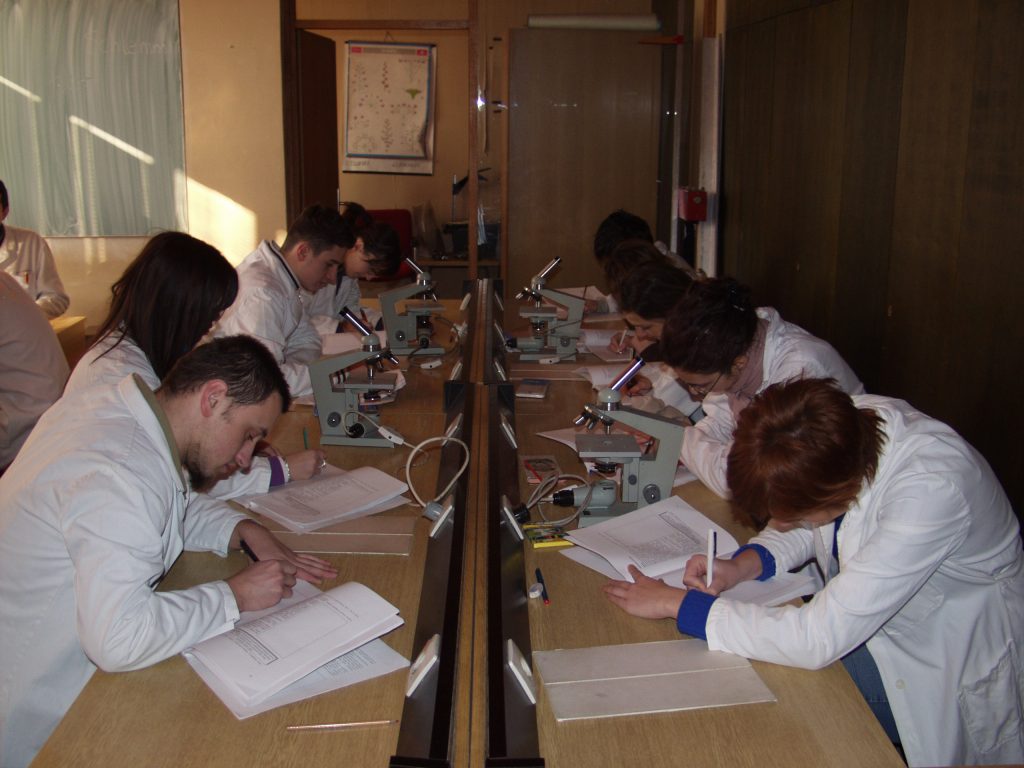 A recent medical malpractice lawsuit stemming from a surgery performed at West Jefferson Medical Center defines your right to make an informed decision about the course of treatment you wish to take.
A recent medical malpractice lawsuit stemming from a surgery performed at West Jefferson Medical Center defines your right to make an informed decision about the course of treatment you wish to take. Many people have nightmares of falling and nobody being there to catch them. For Tommie Hebert, that nightmare became a reality when he fell from a moving helicopter, landing directly on his back, causing severe injuries such as a broken back and a damaged hip that would likely require replacement. To make matters worse, the company he worked for, Industrial, was not there to catch him.
Many people have nightmares of falling and nobody being there to catch them. For Tommie Hebert, that nightmare became a reality when he fell from a moving helicopter, landing directly on his back, causing severe injuries such as a broken back and a damaged hip that would likely require replacement. To make matters worse, the company he worked for, Industrial, was not there to catch him.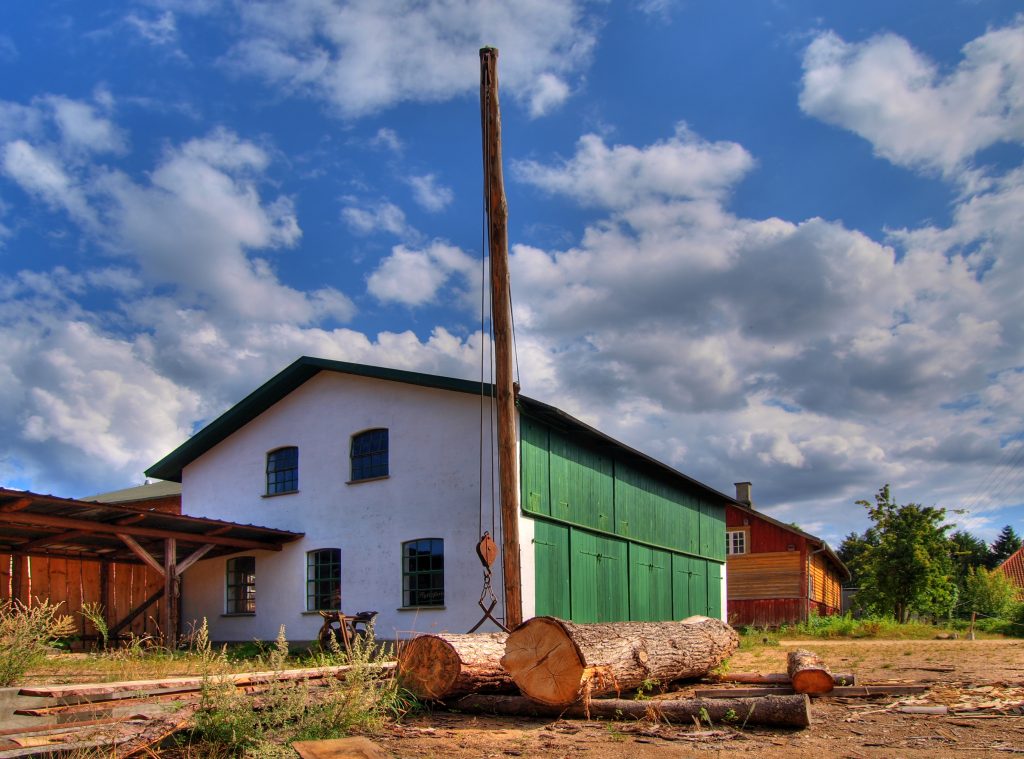 If you are injured while at work, there are many paths that you may take for financial relief. The path that you choose along with how you navigate that path will be a decision that will affect you for the rest of your life. The following case out of Tangipahoa parish demonstrates why it is necessary in workers compensation cases to comply with certain orders and if you don’t why objections to rulings based on your lack of responses will not be considered.
If you are injured while at work, there are many paths that you may take for financial relief. The path that you choose along with how you navigate that path will be a decision that will affect you for the rest of your life. The following case out of Tangipahoa parish demonstrates why it is necessary in workers compensation cases to comply with certain orders and if you don’t why objections to rulings based on your lack of responses will not be considered.